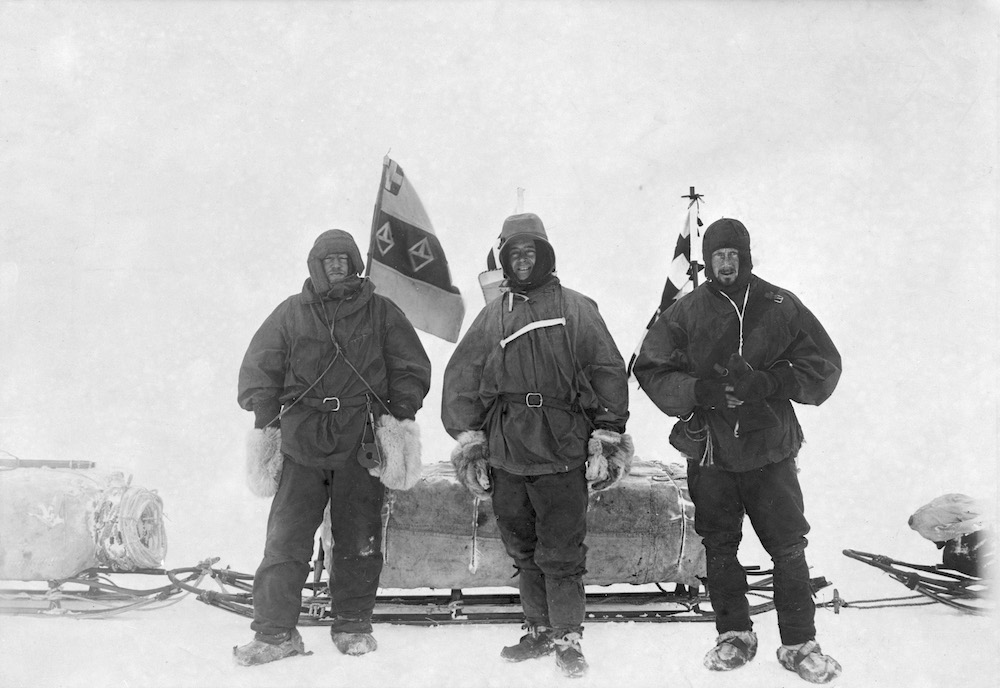One of the loneliest graves in the world has to be that belonging to Antarctic explorers Captain Scott and his men. The makeshift grave lies deep in the Antarctic, and has only been seen by a handful of people.
The tragic story started in 1911 when British explorer Captain Robert Falcon Scott aimed to be the first man to reach the South Pole. He arrived in January 1912 only to find a Norwegian flag already there – explorer Roald Amundsen had already made the journey five weeks earlier.
The downhearted party of five then had to trek back 800 miles across the Ross Ice Shelf to their base camp in McMurdo Sound. Sadly, all five men died on the homeward journey.
First Petty Officer Edgar Evans suffered a head injury, a wound on his hand, and severe frostbite and died at a makeshift campsite.
Next to perish was Captain Lawrence Oates who suffered severe frostbite. Oates decided to leave the camp to give the remaining explorers a chance of survival. He didn’t want to slow them down and left the camp and walked into a blizzard, he wasn’t seen again.
The remaining men Captain Scott, Lieutenant Henry ‘Birdie’ Bowers and Dr Edward Adrian Wilson died in their tent in late March 1912 of exposure and starvation. Sadly, their tent was just 11 miles away from a supply depot.
In November of that year, the remaining members of Scott’s Terra Nova expedition went searching for the party.
The group found the tent and the bodies of Scott, Bowers and Wilson inside. Scott’s diary was found and recorded the final days of the men. The final entries saying: “It seems a pity, but I do not think I can write more,” with the last entry saying “For God’s sake look after our people.”
The bodies of the three men were left where they were found. The search party took apart the tent and covered the bodies with the material. They then built a cairn of snow on top of them before making a cross out of skis to place on top.
The grave site itself is now covered in drifting snow and has been moving downward into the ice due to the weight of accumulating snow. It will eventually move seaward with the ice shelf towards the Ross Sea.
A permanent memorial to Scott and his men has since been erected on Observation Hill near McMurdo Station, a United States Antarctic research station on the south tip of Ross Island in Antarctica.

